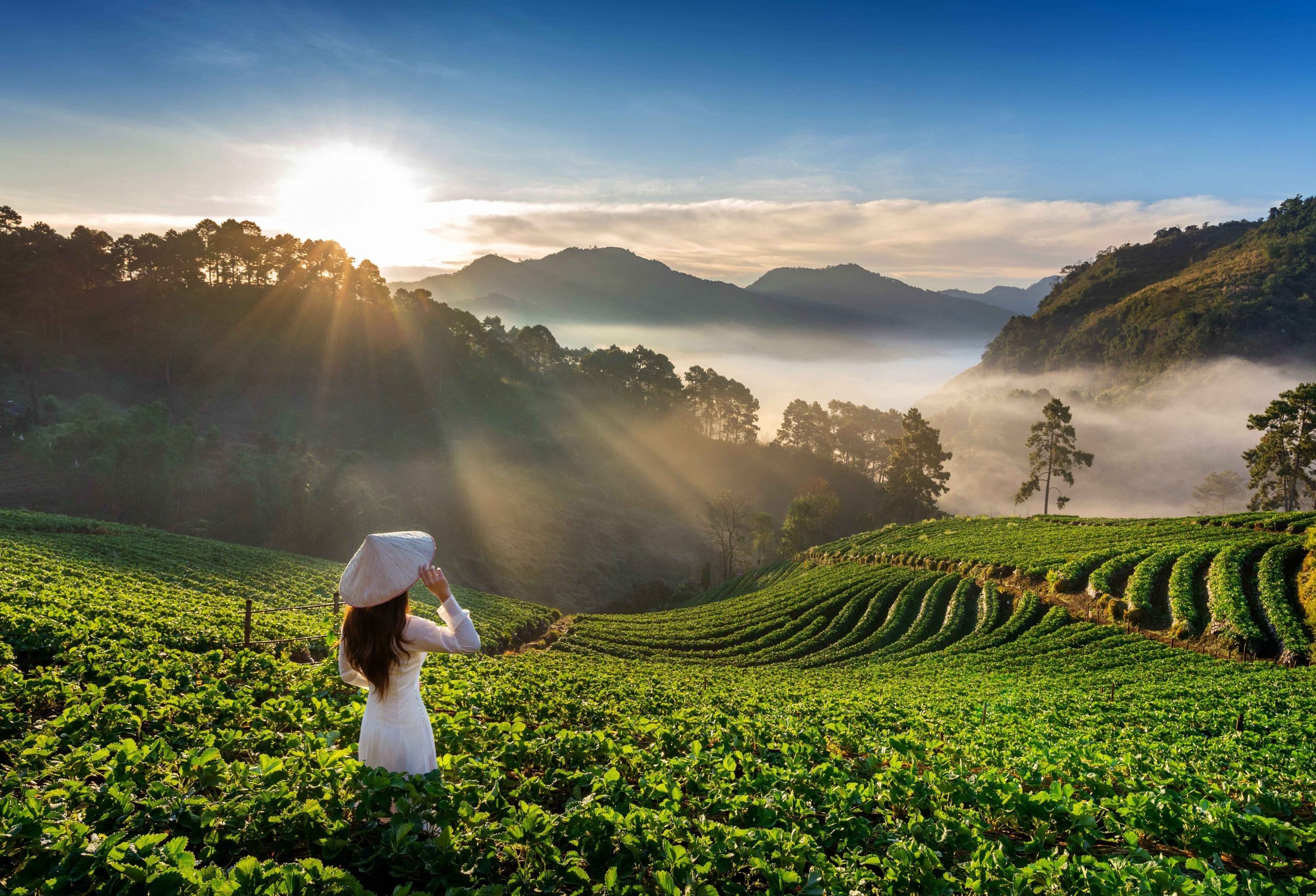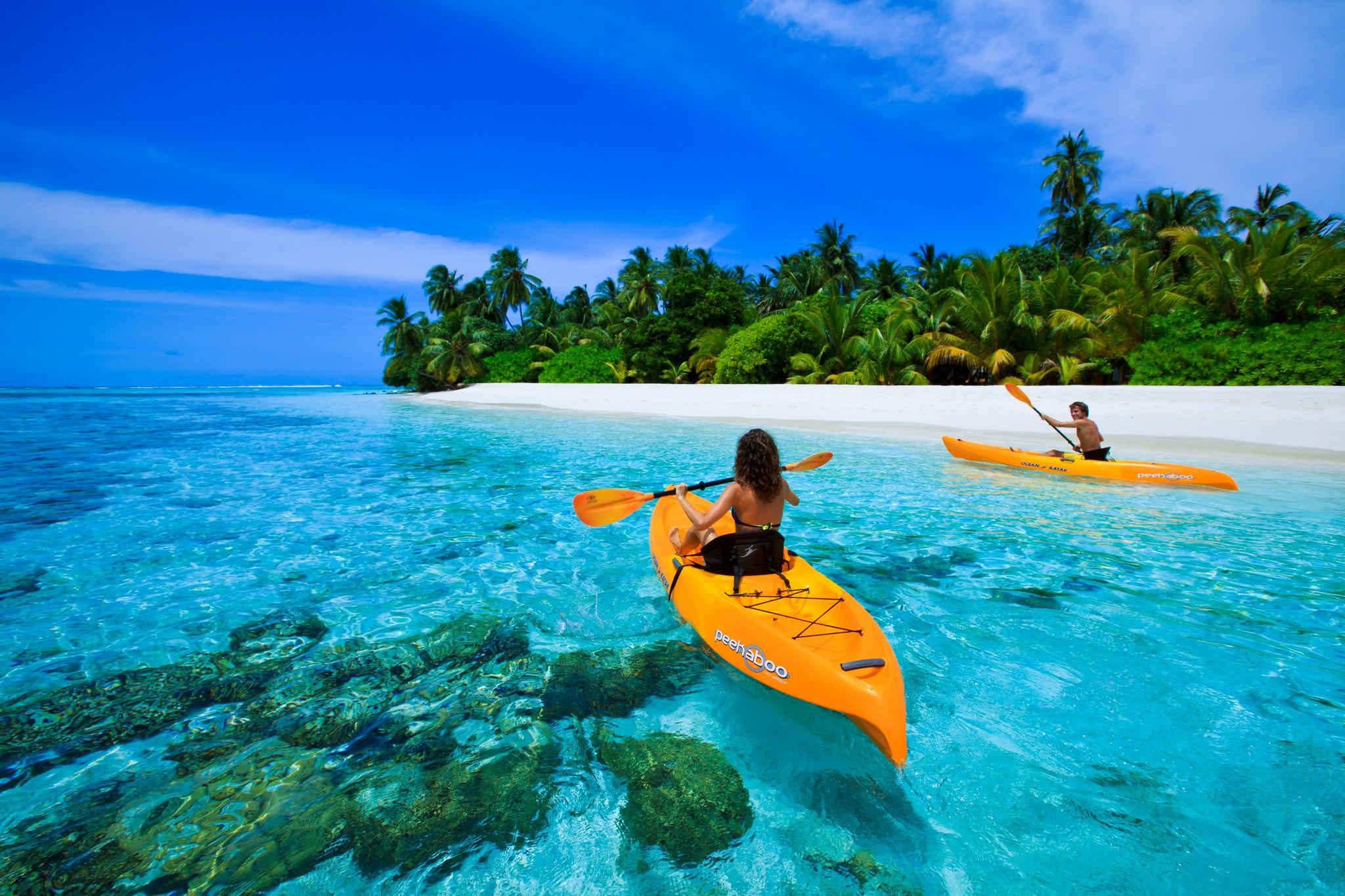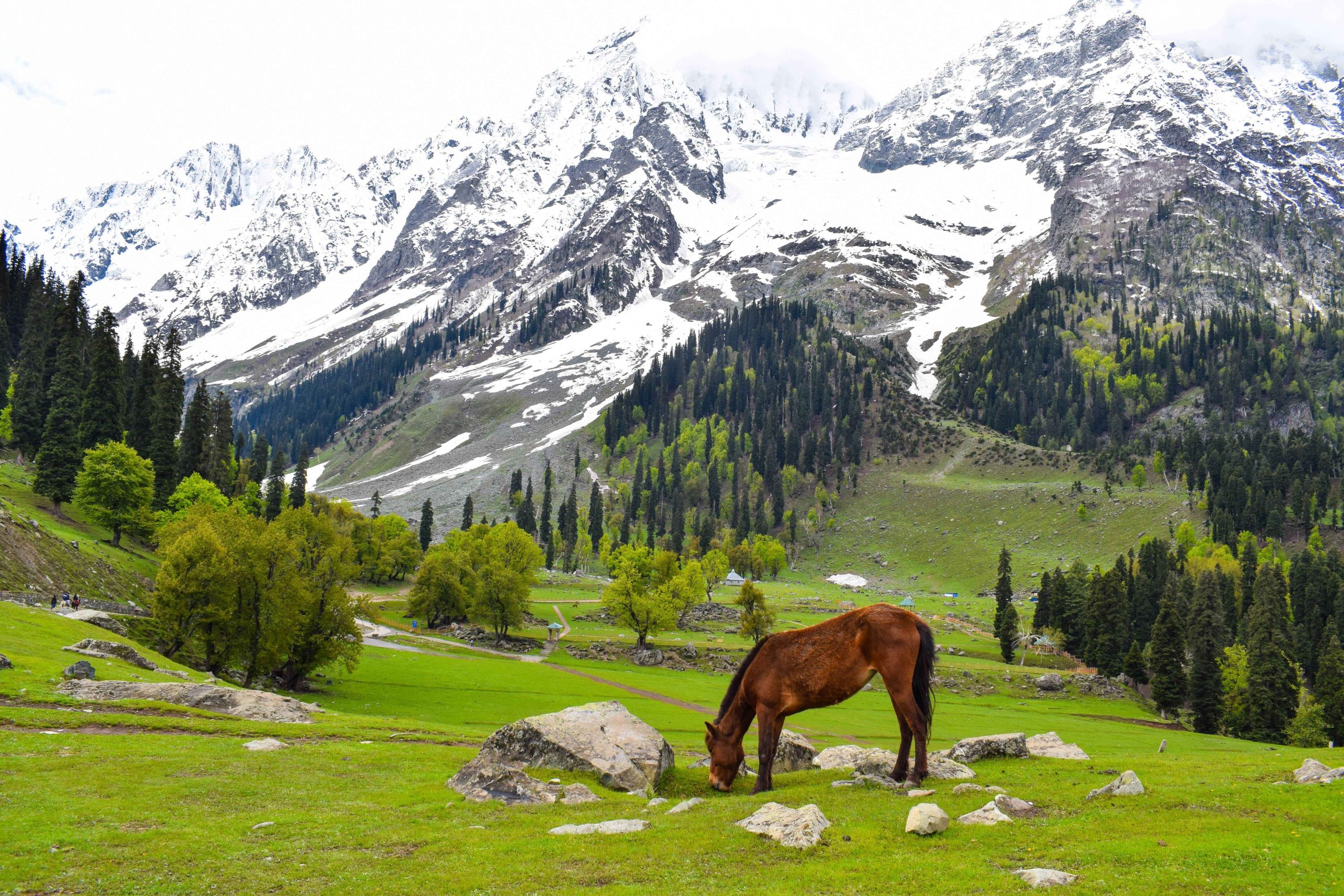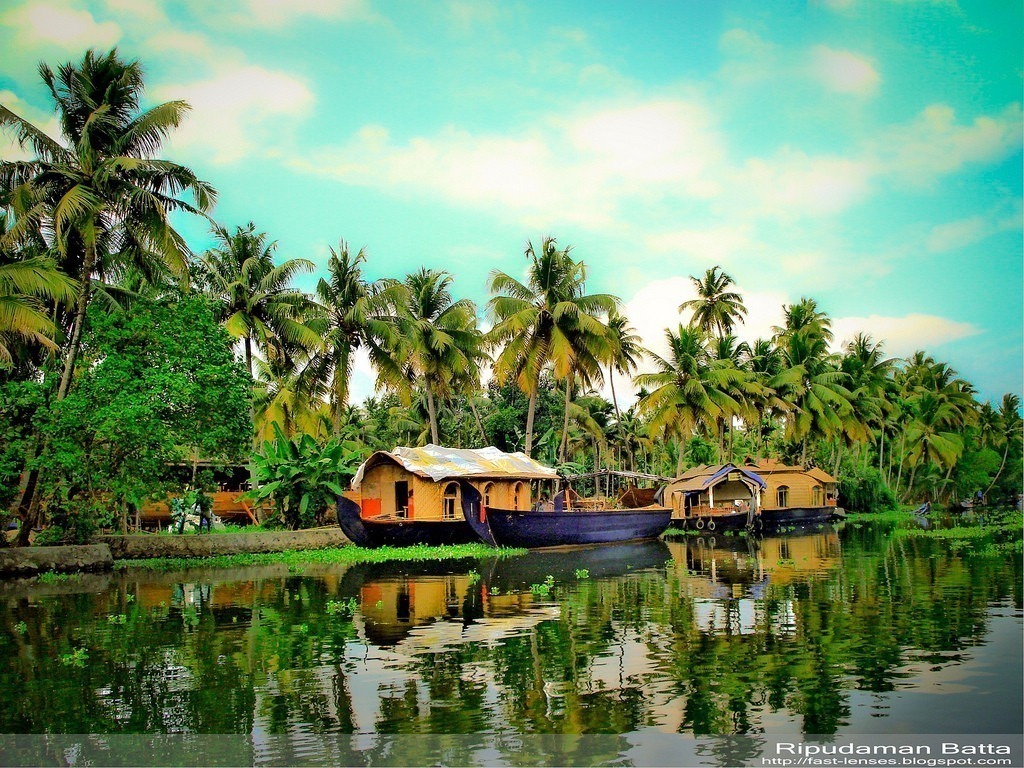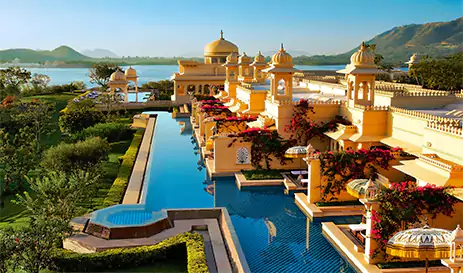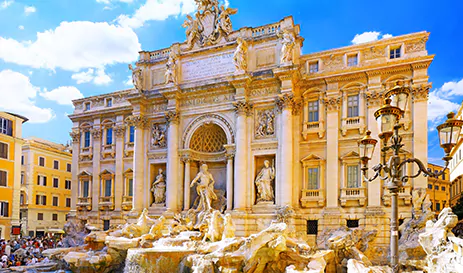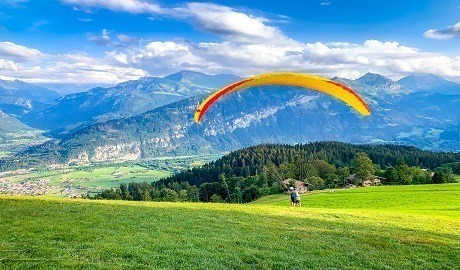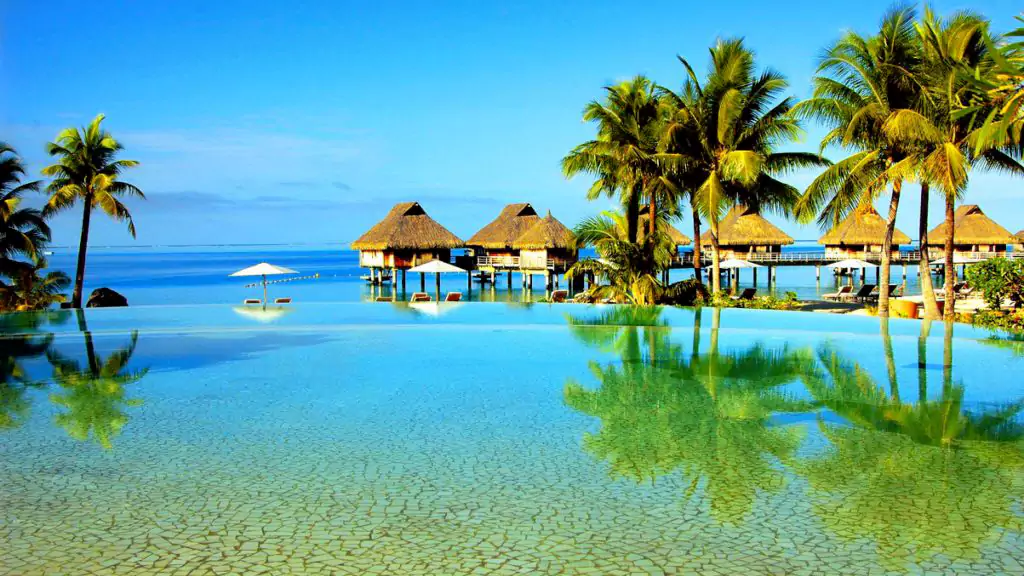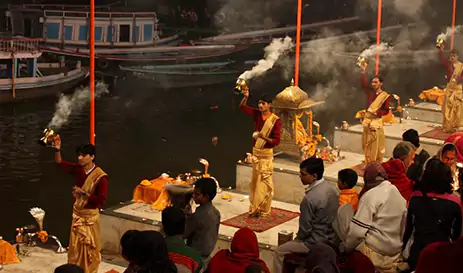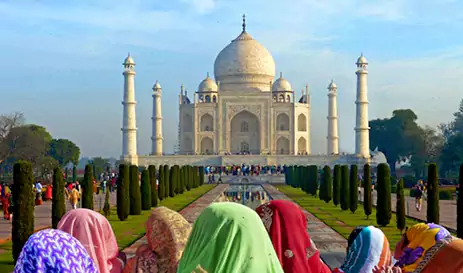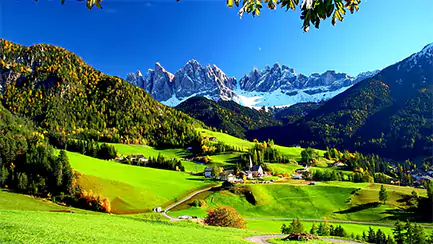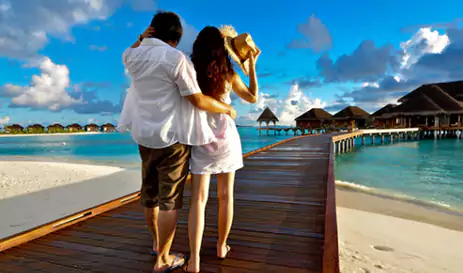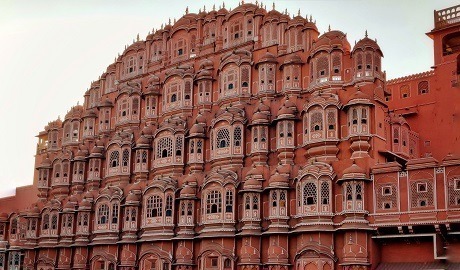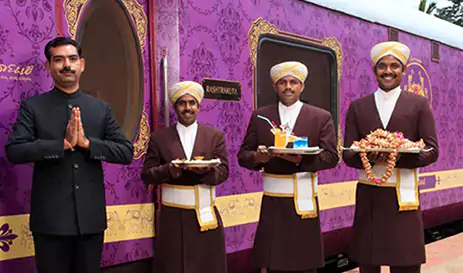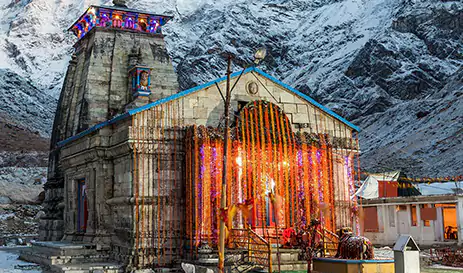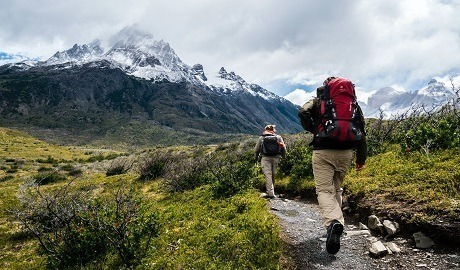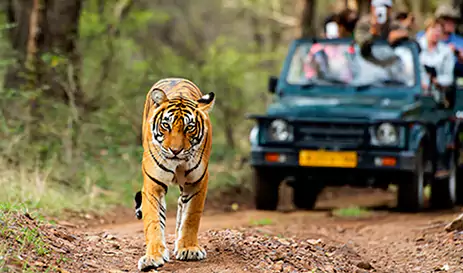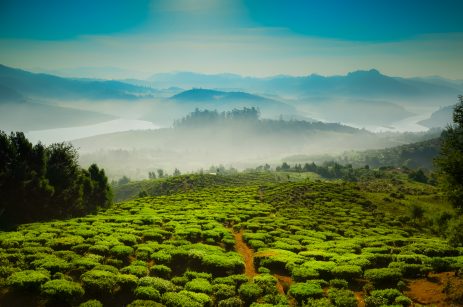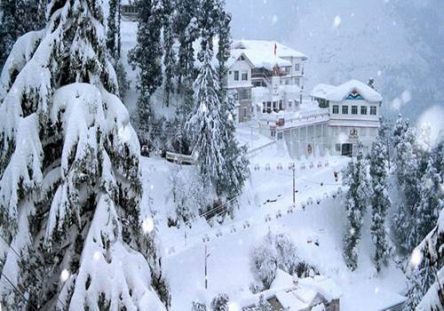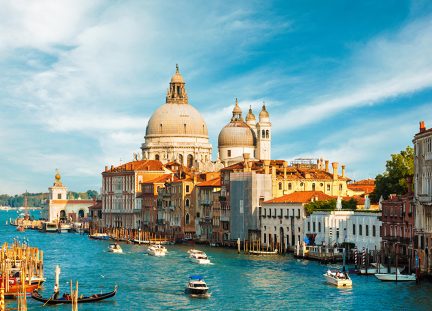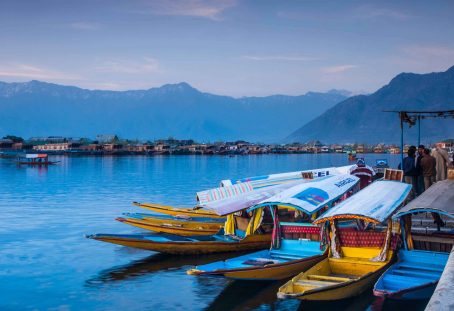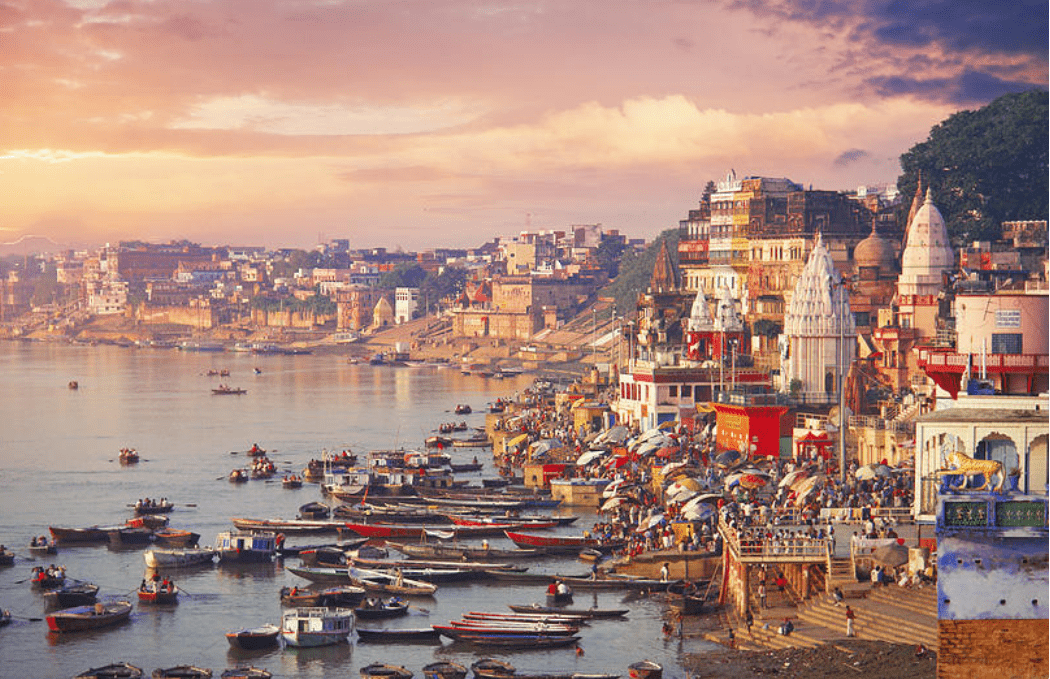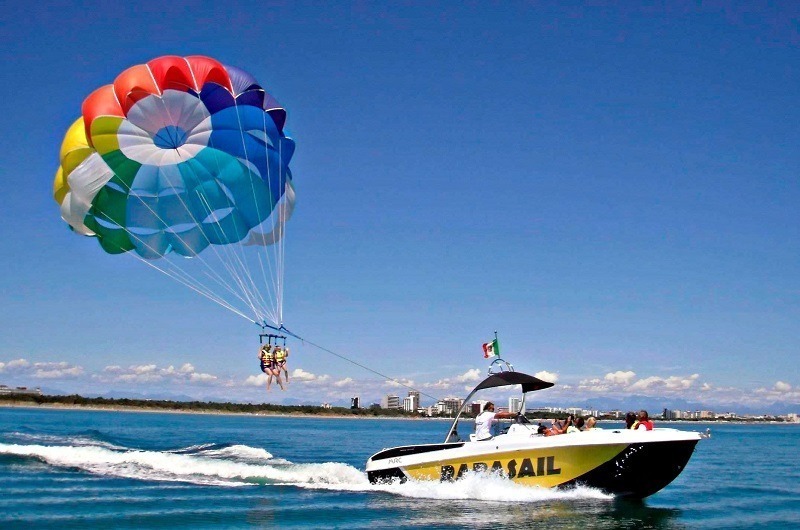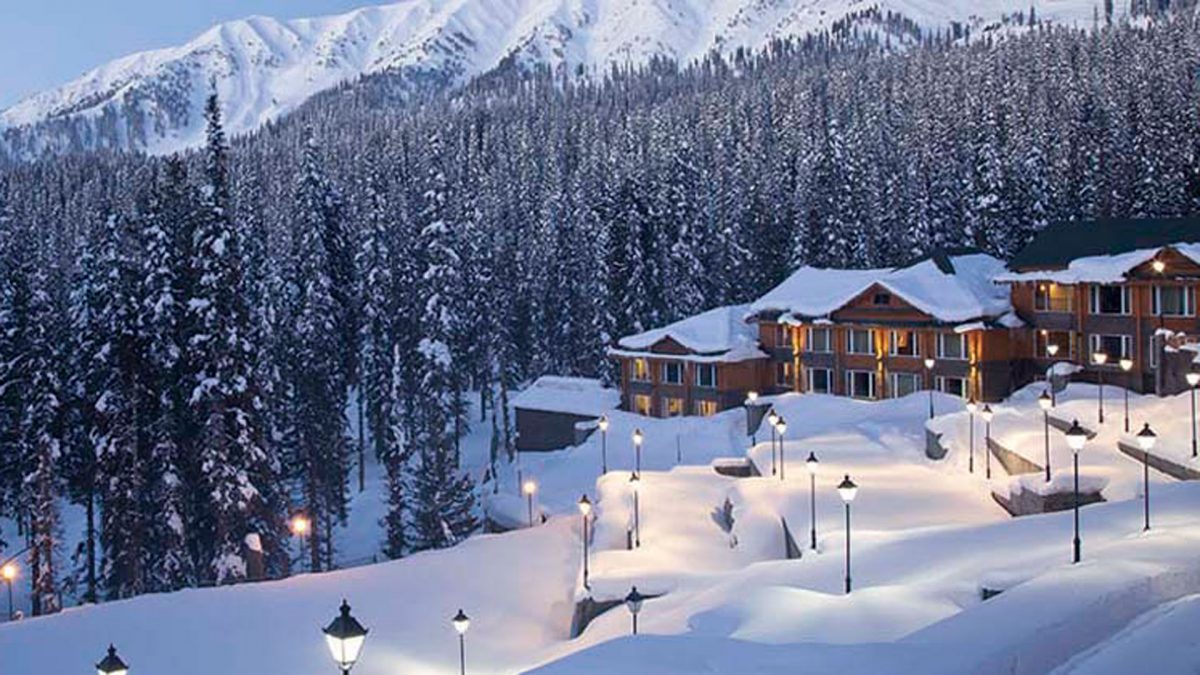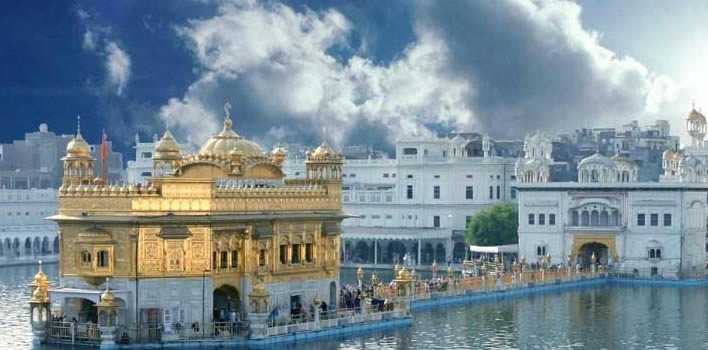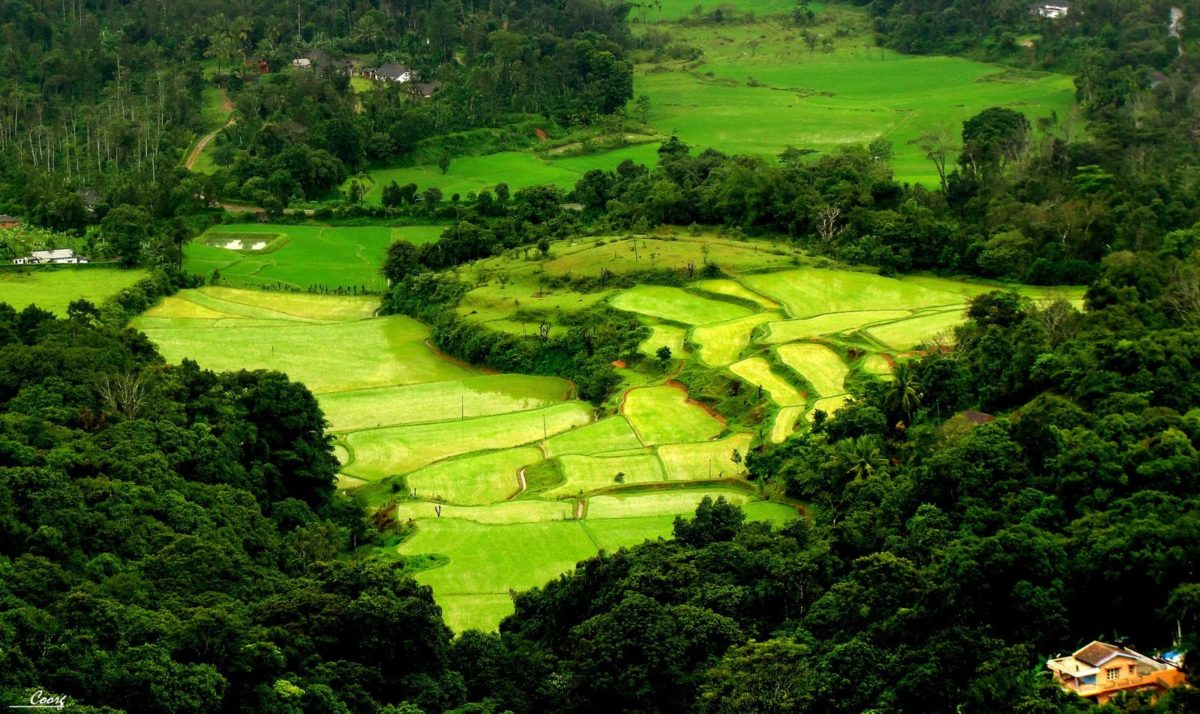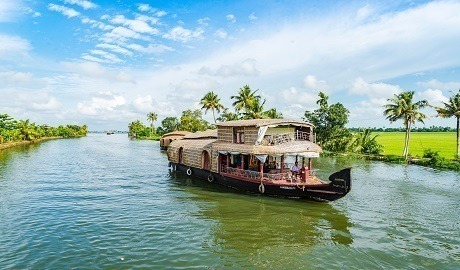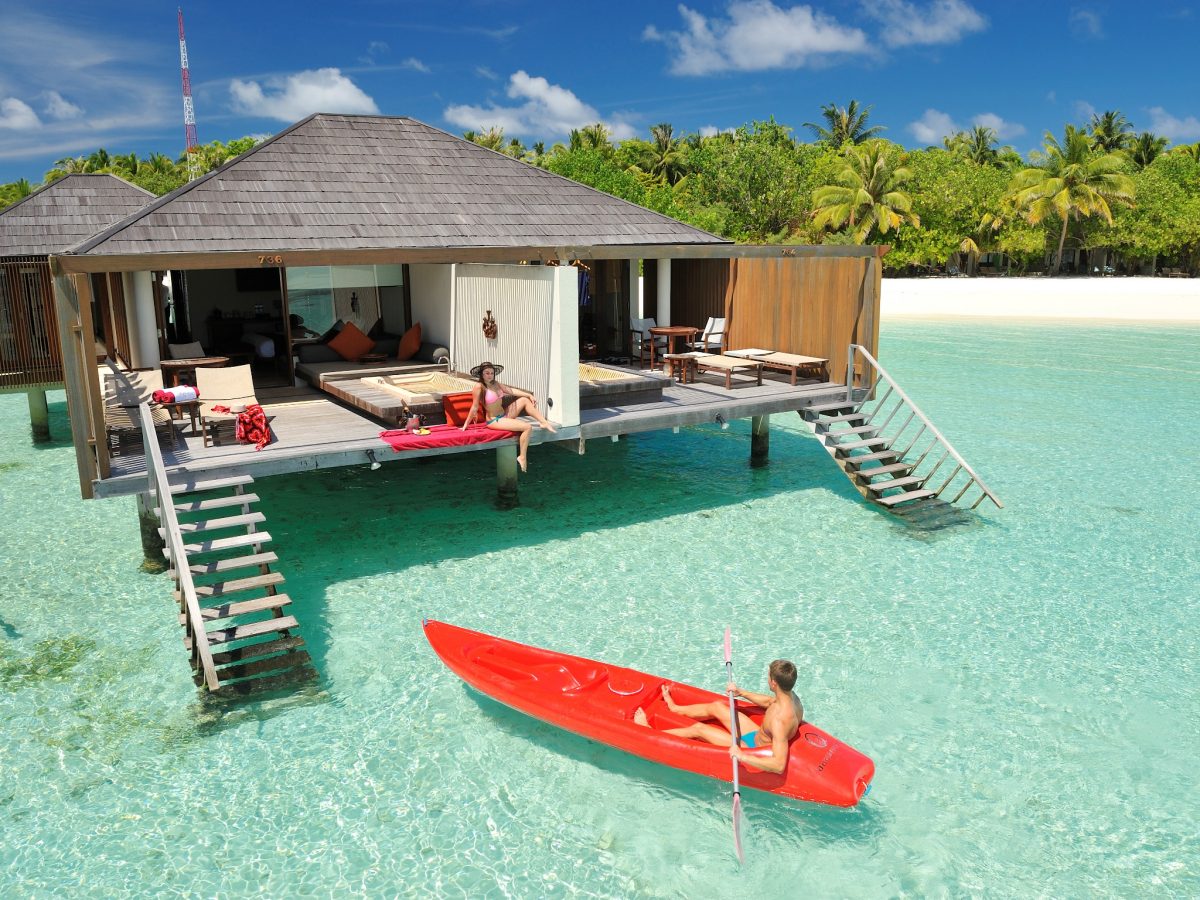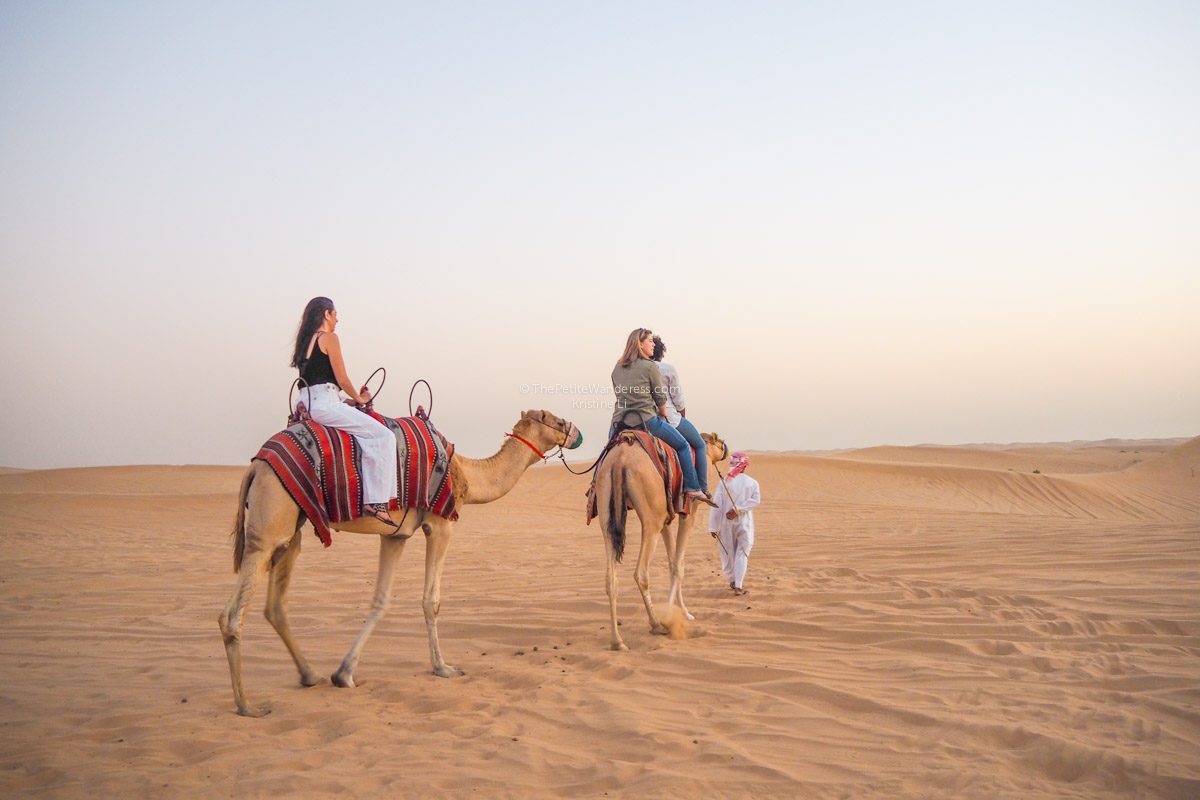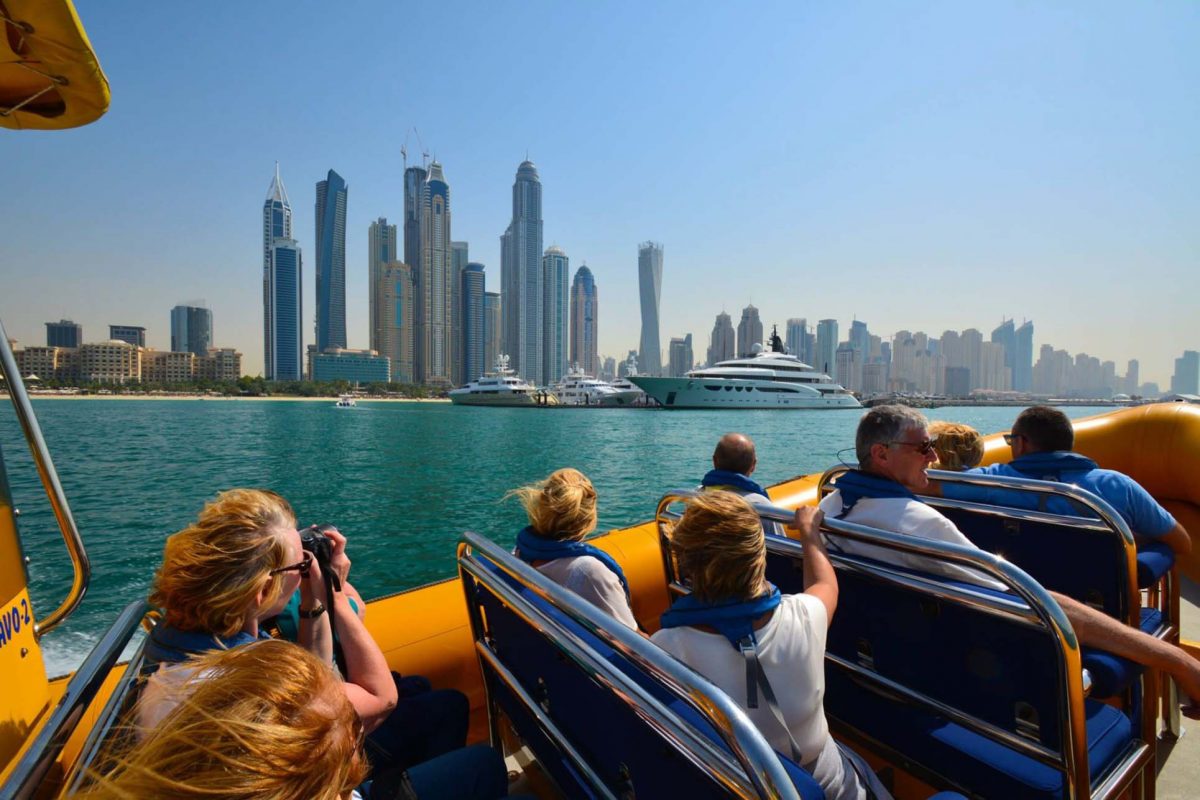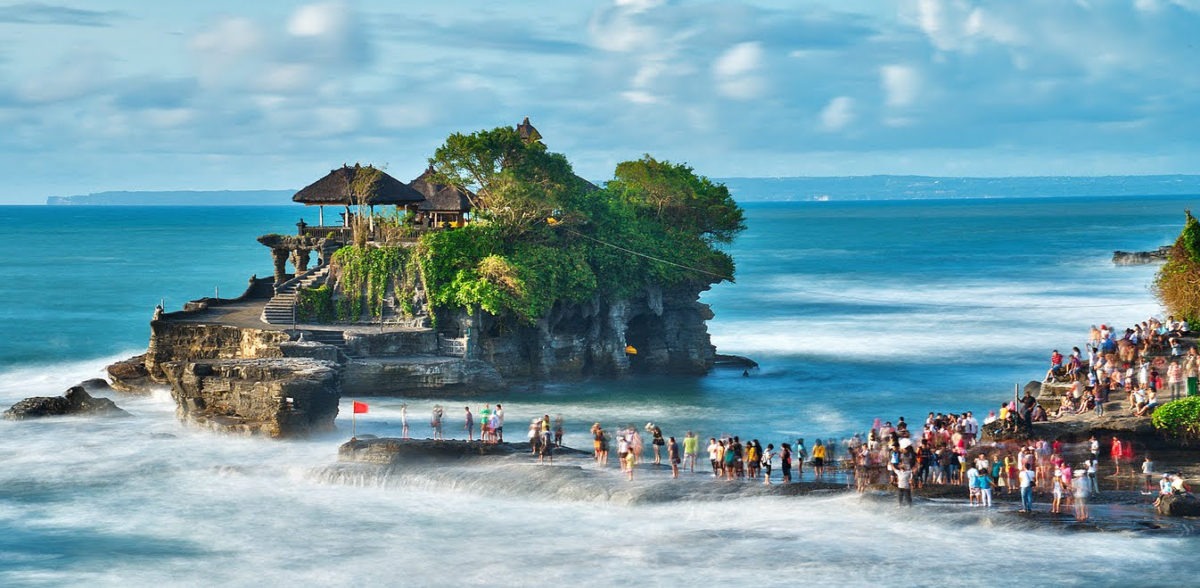For travel to India a regular/ eVisa along with passport is mandatory. Only categories exempted under bilateral arrangements may not need a visa.
Everyone except nationals of Bhutan, Maldives and Nepal needs a visa to travel India. This must be obtained before arrival and we recommend that you contact your local Indian embassy or consulate when planning your trip.
The best time to visit India is between October and March. It majorly covers the winters and beginning of summers. Below is the season wise breakup along with the places which can be visited during that season:
Winter Season (October to March) :
Winter is the best time to cover most of the destinations/ attractions in India. Rajasthan, Gujarat, Mumbai, Kerala, Goa, Agra, Varanasi and Punjab can be visited anytime during this season whereas Jammu & Kashmir is perfect to be visited during October and the best time to explore the east and north-eastern regions of India like Assam, West Bengal, Arunachal Pradesh and Sikkim is from October to January. For those wanting to explore the destinations situated near foothills of the Himalayas like Shimla, Nainital, Dharamshala, Manali, Mussoorie and Rishikesh, February to May is the best time. The temperature is at the lowest between December and January and some of the regions may be shut due to heavy snowfall and landslides.
Monsoon Season (June to September) :
This is the perfect time to visit the hilly areas in the Himalayan region. Ladakh and other high Himalayan passes open during this time. This is also a good time to visit Valley of Flowers in Uttarakhand to experience meadows of a variety of flora. The southern part of India (Kerala, Goa, Karnataka etc) witnesses heavy rainfall and springs to life. It is good to visit these parts during this season if you are not averse to rain.
Summer Season (April to June) :
The months of April to June experience scorching heat in almost every part of the country. People generally escapes to the hill stations during this time.
With its many diverse landscapes and attractions, India is an admirable destination for the family and friends. Some of the good options are beach holidays and wildlife tours in the national parks, while many monuments have sight and light shows that will capture children’s imagination. For teenagers, the many outdoor activities, such as Jeep safari, camel safari and trekking, are an illustrative card. Without the second thinking, the big challenge for families travelling in this country might be the distances that need to be covered between cities. Air travel and railway journeys are usually the most comfortable forms of traveling, and are strongly recommended to those with the young children.
During the winter season in India, the temperature may drop drastically, therefore warm clothing would be essential. As the landscape of India is diverse, we would advise you to include the clothes by taking care of the weather and temperature of the area on the particular season.
In the hot Indian summers, we recommend light cotton tops, shorts and trousers. If you are travelling to any of India’s national parks, remember to pack some long-sleeved cotton tops for game drives.
Besides, when you are going to visit a religious monument and shrines you may need to dress formally, so both men and women should pack some long skirts and pants. Major cities such as Mumbai and Delhi are fast becoming westernized and you’ll see people wearing jeans, t-shirts, and even short skirts. In smaller cities and villages, people still dress conservatively. In general, the most important rule for both ladies and men is to keep your legs and shoulders covered. However, it’s okay for women to show shoulders and for men to wear shorts in large cities and beach locations such as Goa. In nightclubs, western dress standards of jeans and a top (or dress) for girls, and jeans and a t-shirt or shirt for guys, apply.
The Indian currency is the rupee. Major currencies such as US dollars, Euros and British pounds are easily exchanged throughout India. Mostly all the international airports of the country have the money exchange counters, and also some selected larger hotels and resorts have this facility to their customer.
Of course the mostly used cards in India are Visa and MasterCard, but neither American Express nor Dinner’s Club are broadly accepted in India. When you are heading out of the main cities to the small towns, it is recommended that you carry enough Indian currency for shopping and tipping purpose.
Remember to dress on a little more conservatively while visiting religious sites in India. Also, you may need to take off your shoes or remove all the leather items while entering any temples and monasteries. But you need not to worry as our guide will alert you when such situation arises. Moreover, confirm that photography is allowed or not before taking any snaps. Keep in mind that some sites might not admit women or might be reserved for followers of that faith.
Generally, a service fee is automatically added to the bill in most of the tourist hotels and restaurants. If it is not, the average tipping standard is normally 10% of the bill. It is customary to tip bellboys, porters, guides as well as taxi drivers especially if they do a good job. Guides and personal drivers should be tipped between 100-300 rupees per day, depending on the quality of service. Also, you definitely do not tip a volunteer.
